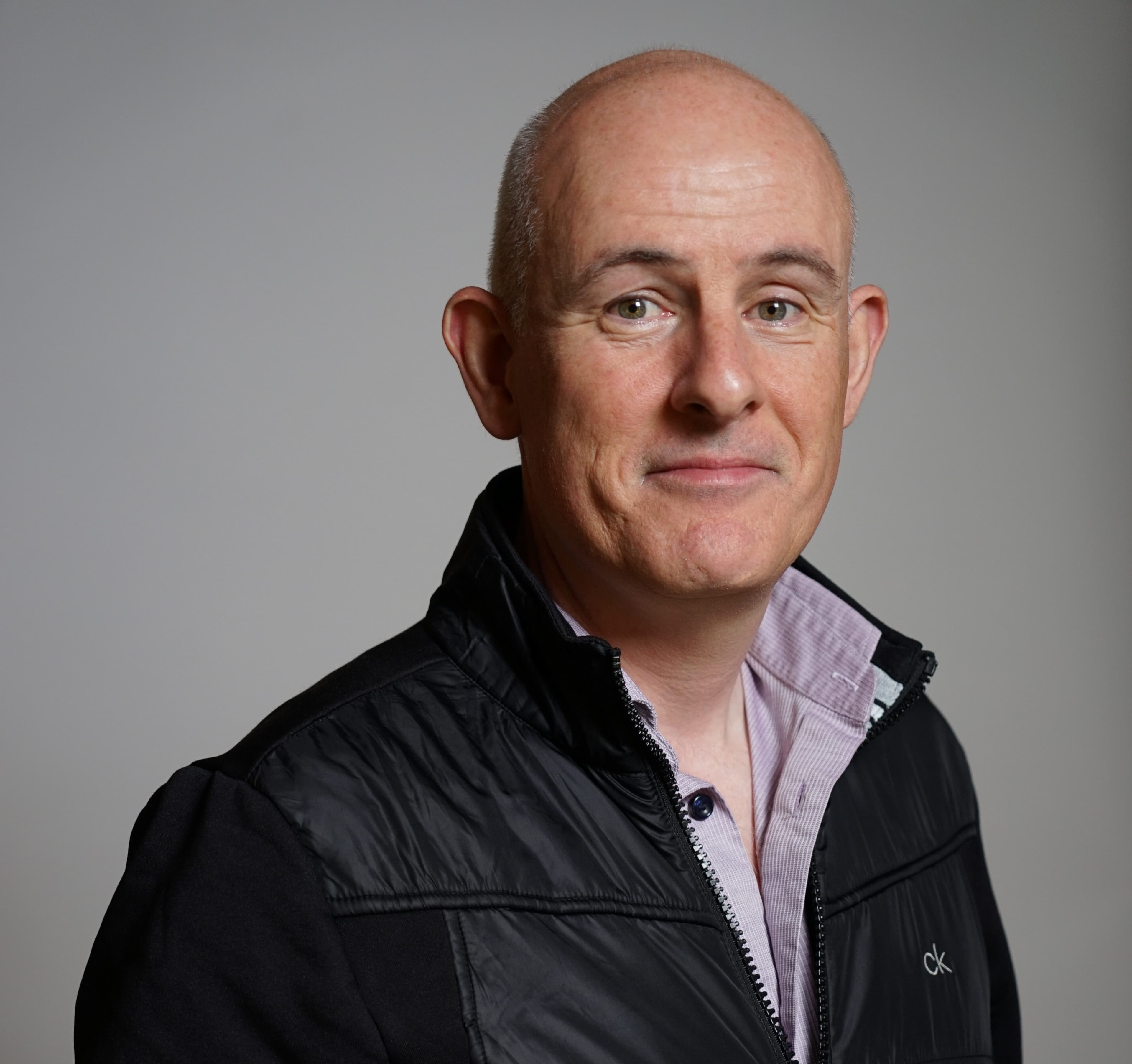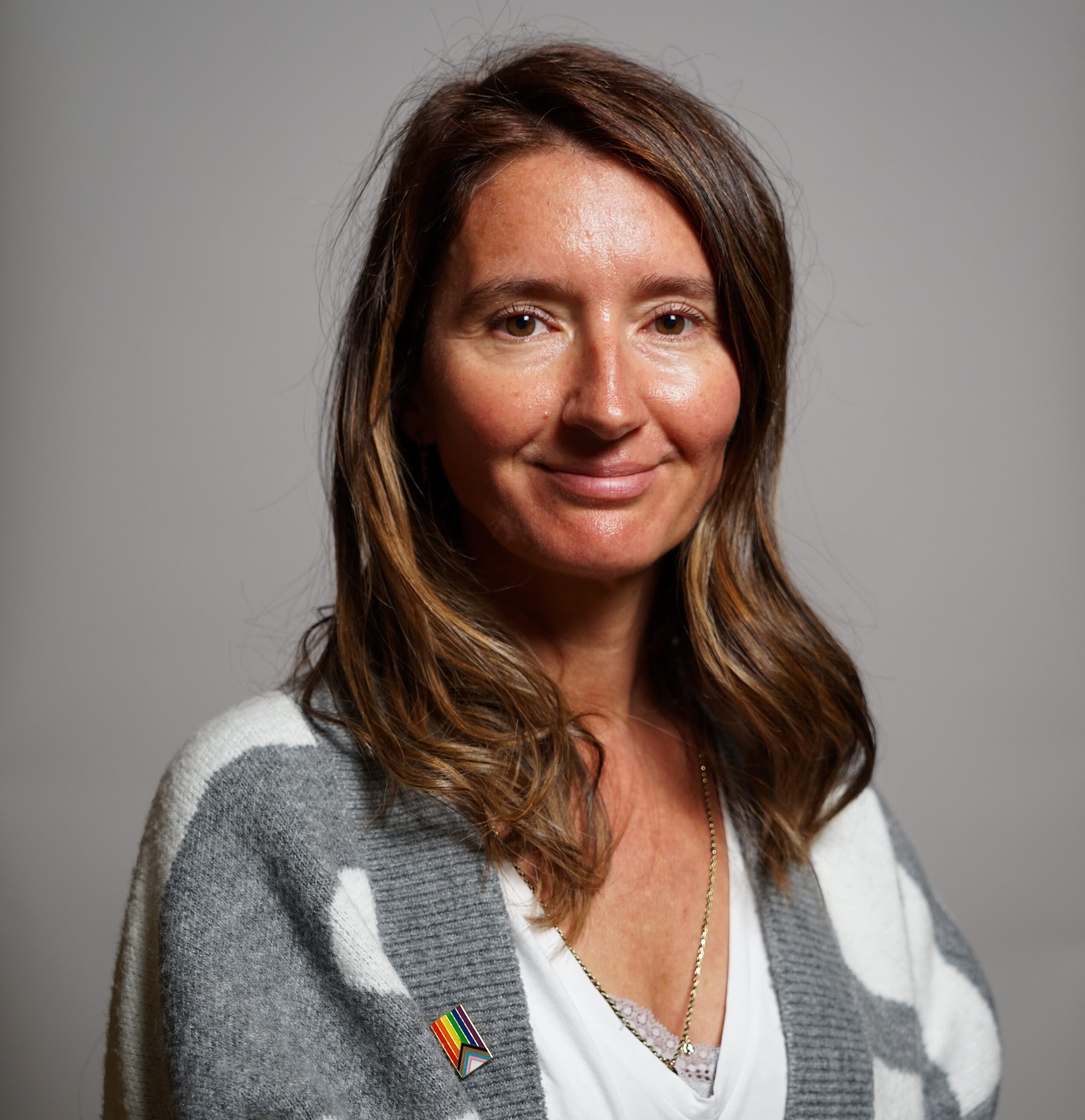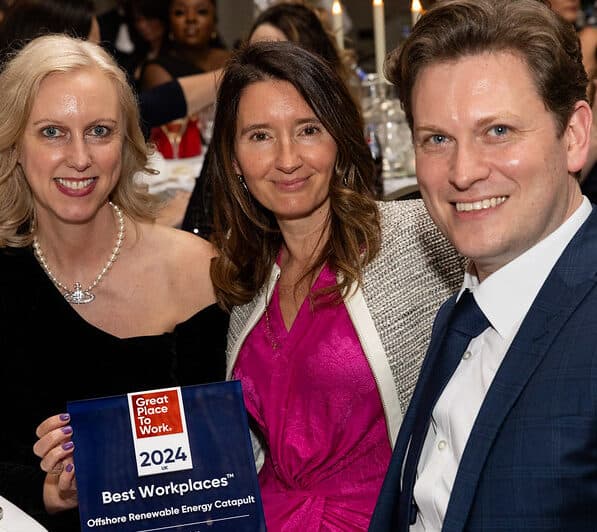
OUR EXECUTIVE TEAM
We have a team of over 300 people, who have extensive technical and research capabilities, industry experience and a proven track record. We have world-renowned expert personnel who lead technology innovation in areas we believe the industry must focus on to drive down offshore renewable energy costs.
If you’d like to join the team, make sure to take a look at our open positions and roles here:
We employ mechanical engineers and data specialists, technology experts and technicians, physicists and financial analysts, across seven directorates, led by our Executive Board of Directors:
ANDREW WALLS
ACTING CEO
Andrew, acting CEO and Director of Professional Services, leads the Catapults Professional Services directorate which includes all enabling & governing services (Finance, HR, ICT, Procurement, Business Improvement/Governance, Administration and Legal services). Having trained with the global Professional Services firm PricewaterhouseCoopers, Andrew worked with both private and public sectors delivering audit, financial diligence and consultancy assignments for the firm in the UK and abroad.
He has served as Trustee and Audit Committee Chairman of Scotland’s largest independent charity grant funder, the Glasgow-based Robertson Trust and is currently serving as a Director and Member of the Finance Committee for the Scottish Council for Development and Industry.

DR CRISTINA GARCIA-DUFFY
DIRECTOR OF RESEARCH & TECHNICAL CAPABILITIES
Cristina Garcia-Duffy is ORE Catapult’s Technical Director, leading the strategic development of our technical capabilities and new areas of innovation. She was formally Head of Technology at the UK Aerospace Technology Institute (ATI) and prior to that, Cristina held management positions at Leonardo Helicopters including responsibility for the Company’s UK Advanced Rotorcraft Centres. She was also in the leadership team of Project Zero, which delivered the world’s first electric autonomous tilt-rotor demonstrator aircraft. The team and aircraft have been recognised with various international awards since 2012.
Cristina holds a PhD in Aerospace Engineering from Washington University in St. Louis and an MSc and BSc in Aerospace Engineering from Saint Louis University, both in the USA.

ANDREW MACDONALD
DIRECTOR OF OFFSHORE WIND DEVELOPMENT AND OPERATIONS
Andy Macdonald is the Director of Offshore Wind Development and Operations. Andy has responsibility for the Catapult’s extensive portfolio of projects in Smart Operations & Maintenance (O&M), working closely with offshore wind developers to accelerate the development of both fixed and floating offshore wind farms, reduce costs and grow the UK supply chain to meet both domestic and international demand for clean energy products and services. Most recently he led the development of the Offshore Wind Growth Partnership (OWGP), the £100m industry-funded UK supply chain growth programme and he will continue to oversee delivery of the programme in his new role.

PAMELA NICHOL-LITTLEJOHN
DIRECTOR OF PEOPLE
Pamela is ORE Catapult’s Director of People. Pamela joined the company at the beginning of 2020 into a new position responsible for the strategic direction and leadership of HR activities.
Pamela has over 25 years’ of experience working within the Human Resources and Corporate Services field having held responsibility for HR, IT, Finance, Governance, Strategy, Organisation Performance, Legal and Communications functions in both private and public sector organisations. Prior to joining ORE Catapult, Pamela was Chief Services Officer for Mary’s Meals International.

TONY QUINN
DIRECTOR OF TECHNOLOGY DEVELOPMENT
Tony is ORE Catapult’s Director of Technology Development with almost 40 years’ experience in the field of power generation. He started his career on the largest coal fired power station in Europe, witnessing first-hand our conversion to gas fired combined cycle plant and, in the last decade, earned his renewables credentials by overseeing the Catapult’s investment in the world’s largest wind turbine test facilities at National Renewable Energy Centre in Blyth.
He is a strong advocate of the validation process which is equally important to small scale disruptive innovators as it is to OEMs in their quest to bring new products to market.

CHARLES THOMPSON
DIRECTOR OF CORPORATE AFFAIRS
Charlie joined ORE Catapult in September 2013 following more than 20 years working both nationally and internationally as a consultant and in-house communications, media relations and public affairs leader. As Corporate Affairs Director, he is responsible for the promotion and communication of ORE Catapult’s activities and capabilities and engaging interest in the organisation’s technology and innovation agenda.
He spent eight years with BAE Systems plc. He previously worked internationally in the telecoms and engineering sectors and is a Non-Executive Director of River Clyde Homes.

DR STEPHEN WYATT
DIRECTOR OF STRATEGY AND EMERGING TECHNOLOGIES
Stephen joined the Catapult in December 2013 as strategy director, bringing considerable experience in the low carbon arena, most notably in his previous role as director of innovation at the Carbon Trust, where he played a key part in writing the business plan and strategy for ORE Catapult. At the Carbon Trust, he was responsible for managing a portfolio of innovation activity in offshore renewables, biomass heat and industrial energy efficiency, and managed issues relating to both government and industry.
He was also previously the head of marine energy, leading a team that designed the Carbon Trust’s wave and tidal energy activity via a series of programmes to prove and develop marine energy and shape government thinking.

CONTACT OUR TEAM









